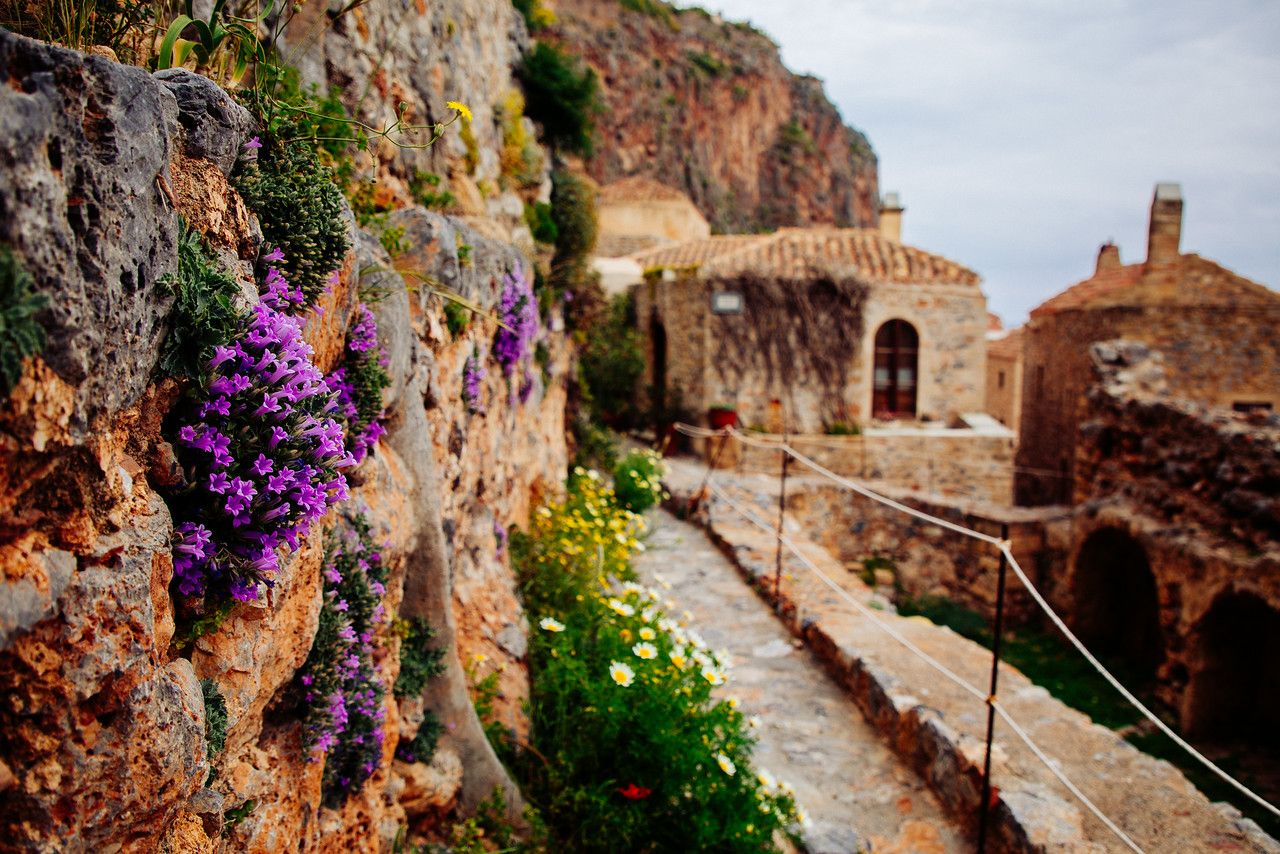
photo by MB Maher
If your idea of a good life means being surrounded by plants, chances are you love having a few rocks around too, even if only in a haphazard, barely intentional way. Perhaps small rock mementos from travels naturally seem to congregate indoors in bowls on shelves or outdoors in pots in the garden. Boulders, pebbles, crushed rock, gravel, we all have some form in our gardens, whether native rock (lucky you!) or imported, which apart from sheer usefulness and relative affordability also taps into an intuitive kind of garden sense, for rocks are the literal building blocks of soil. (And yes, there is an acronym for soil formation, CLORPT; Climate, Organisms, Relief (topography), Parent Material (rocks & sediment) and Time.) And when you bring a rock home or dig one up in your garden, there it will remain until you either move it again or someone else moves it after you’re gone. That paradoxical combination of permanence and transience continually inspires garden makers and artists like Andy Goldsworthy (see Walking Wall).
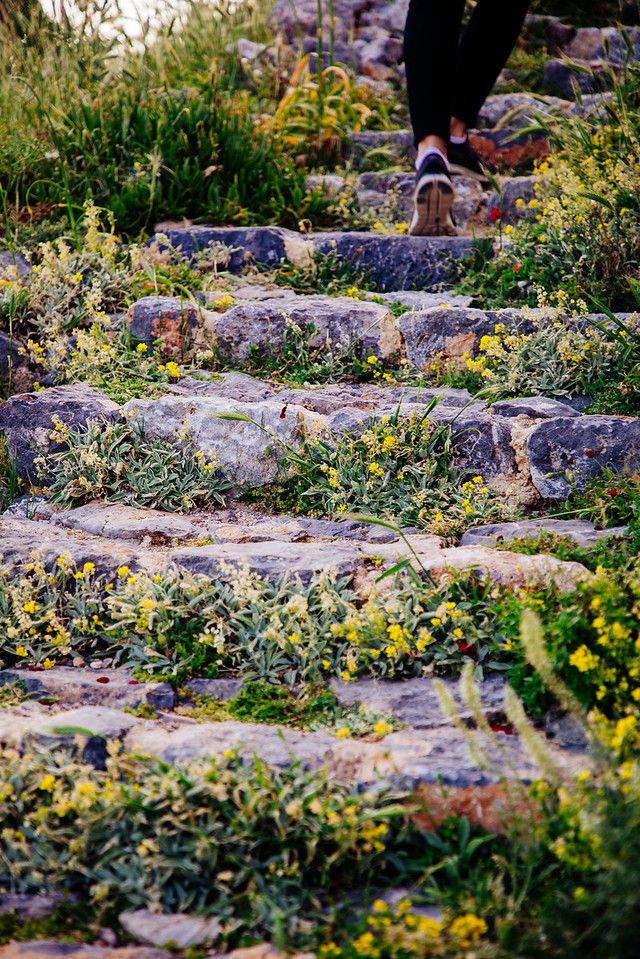
We’ve been relying on the ubiquity and indestructibility of rocks as a building material since forever. In gardens rocks are a malleable material, forming walls, walkways, modeling space, used as mulch and to create drainage in gardens where none existed, and building habitats for plants and creatures. But there’s a whole other level of wonder when plants grow among rocks, spreading and clinging and making it their home like undersea creatures colonizing a reef. Recreating such habitat is what consumes rock gardeners, and I saw some wonderful examples recently in Denver.

The North American Rock Garden Society has an invaluable archive of articles and an amazing seed list to begin or further your obsession with this kind of garden. (See also recently published “Rock Gardening; Reimagining a Classic Style” by Joseph Tychonievich.)


a looser composition of rocks and plants, which love to seed into gravel.

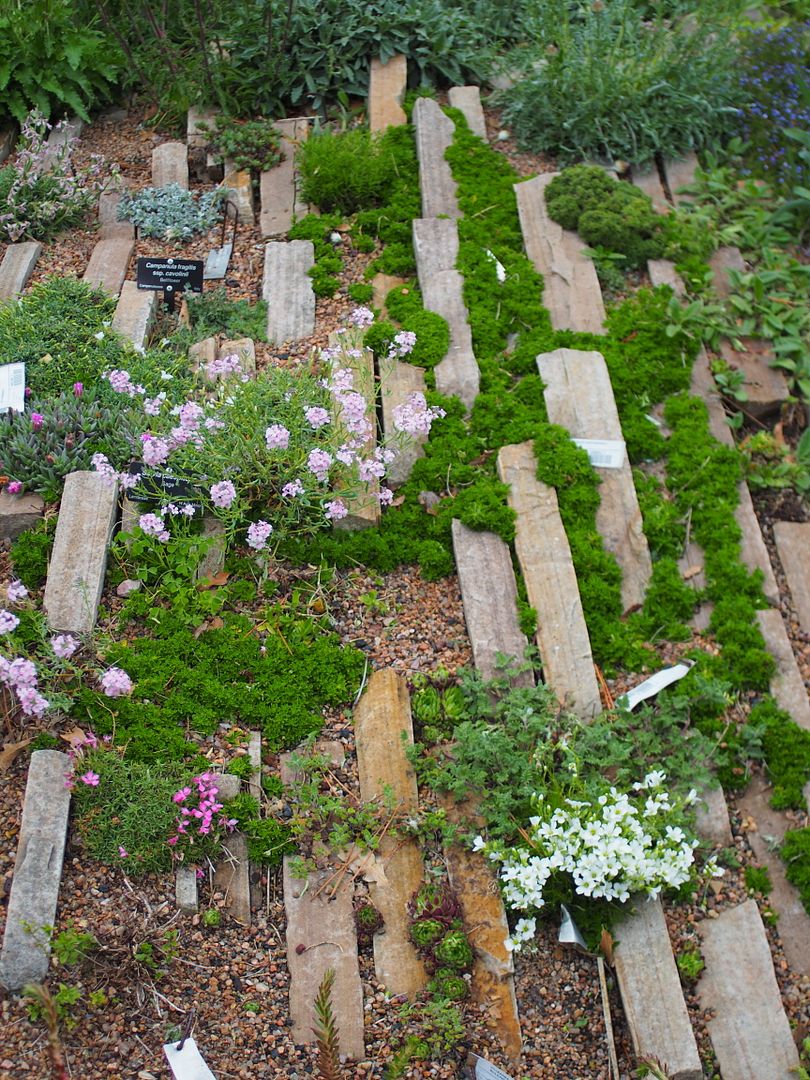
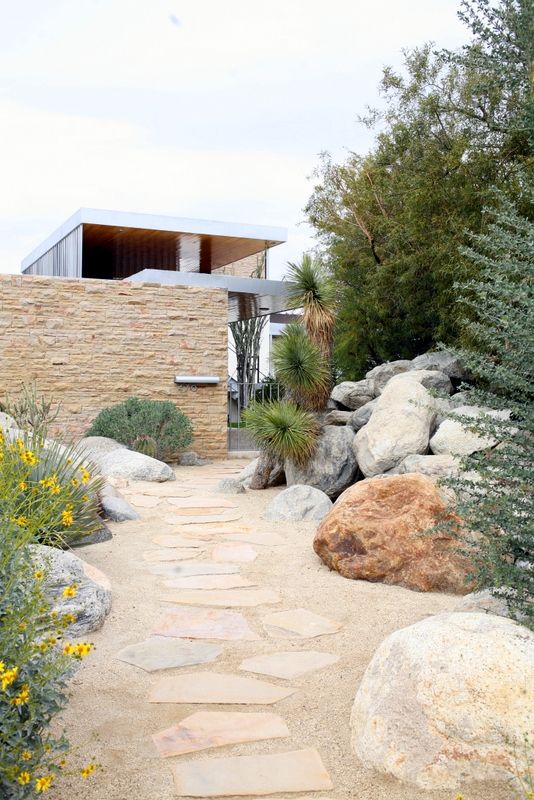
Growing high altitude alpine plants in Los Angeles’ zone 9-10, with their imperative needs for snow cover and/or winter dormancy, is not where we should direct our energies (and plant lust). Succulents, of course, are wonderful among rocks, and we can grow many small native iris and eriogonum, dianthus, erodium, flowering oreganos, sedges, nepeta — there’s lots of scope for experimenting.

Rocks are a classically integral component of dry gardens, and locally they seem to get the most sensitive and respectful treatment in desert gardens.
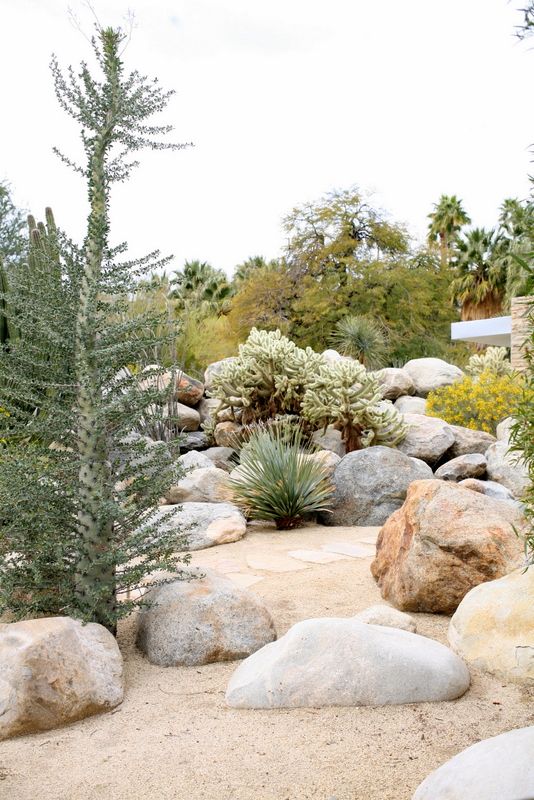
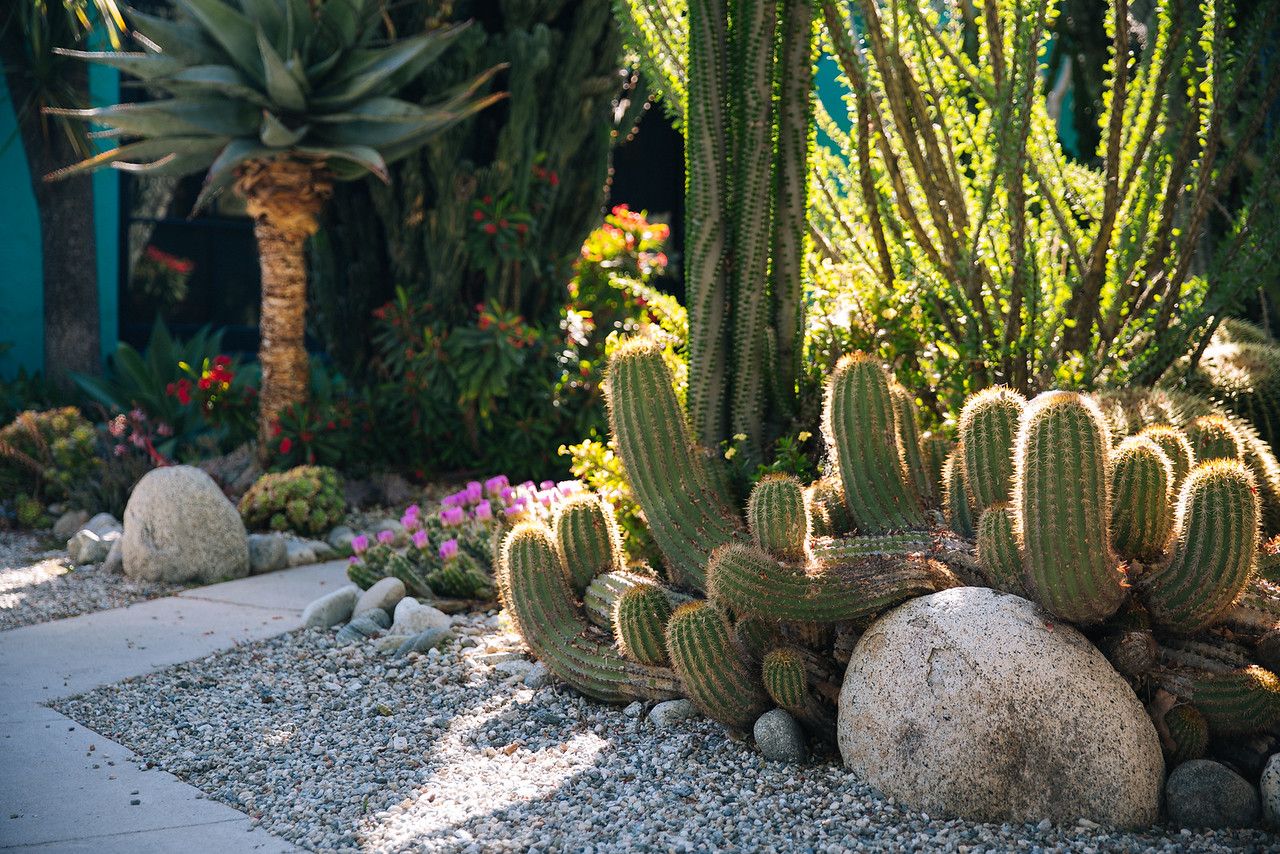
photo by MB Maher
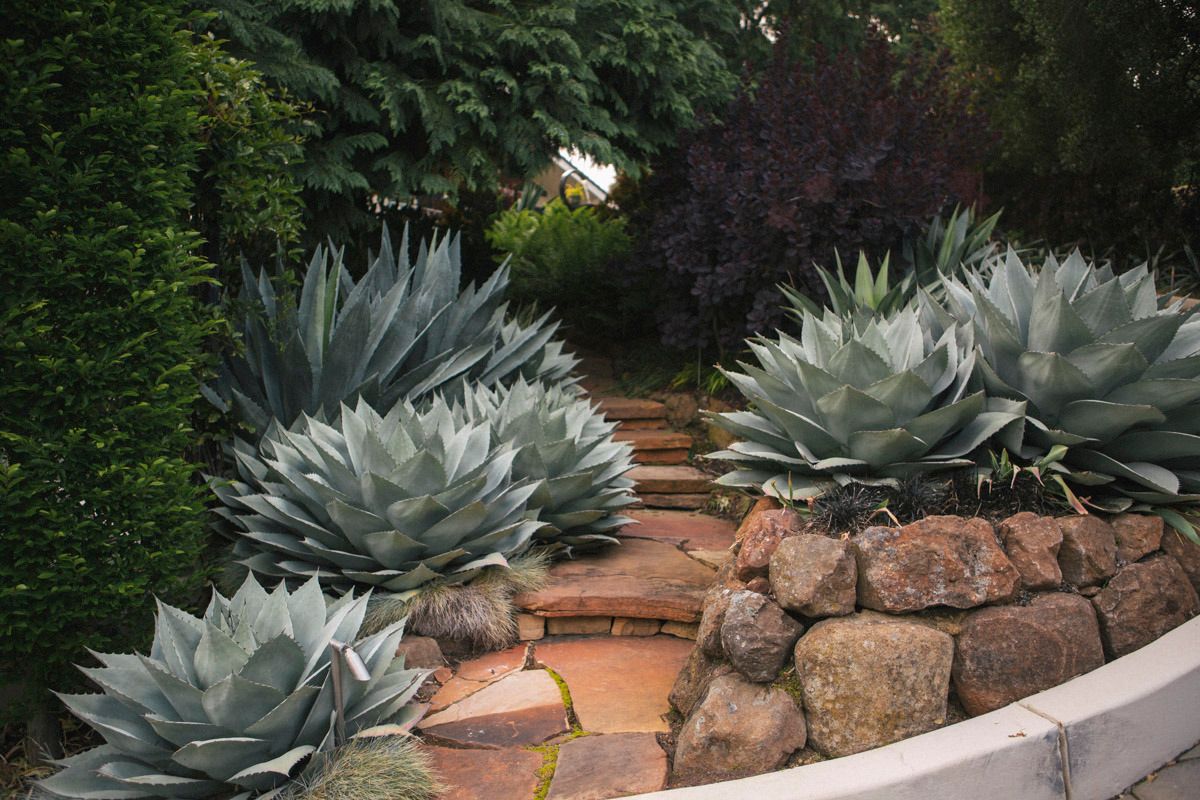
photo by MB Maher
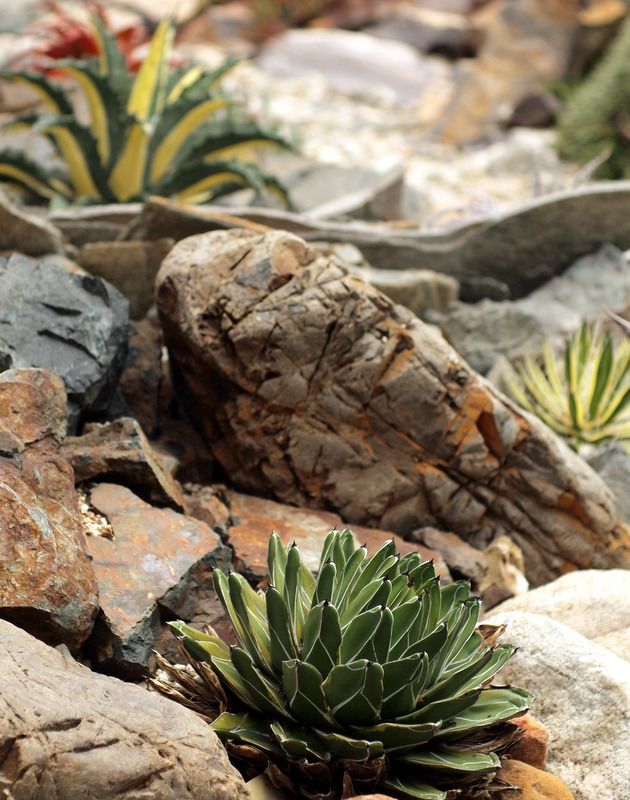
Corona Del Mar, California

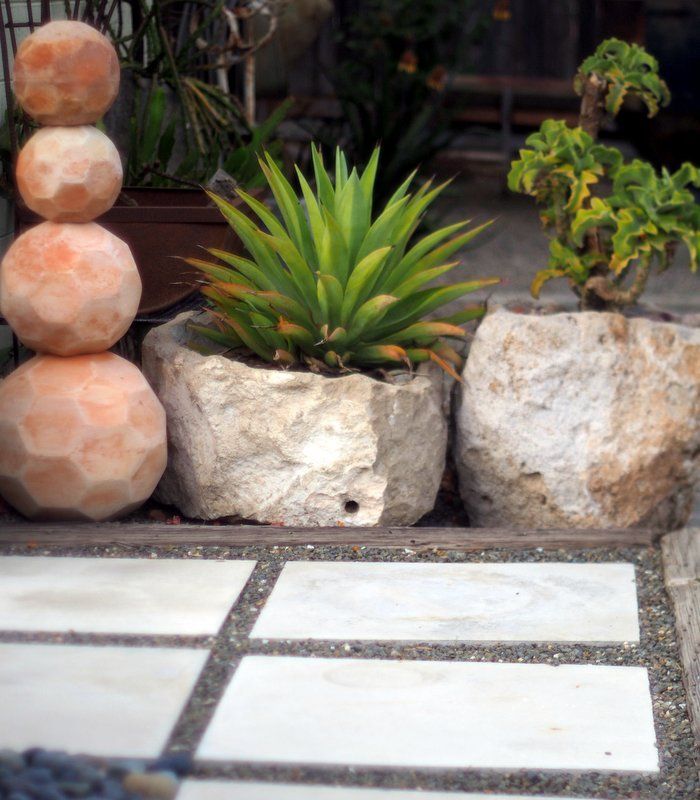
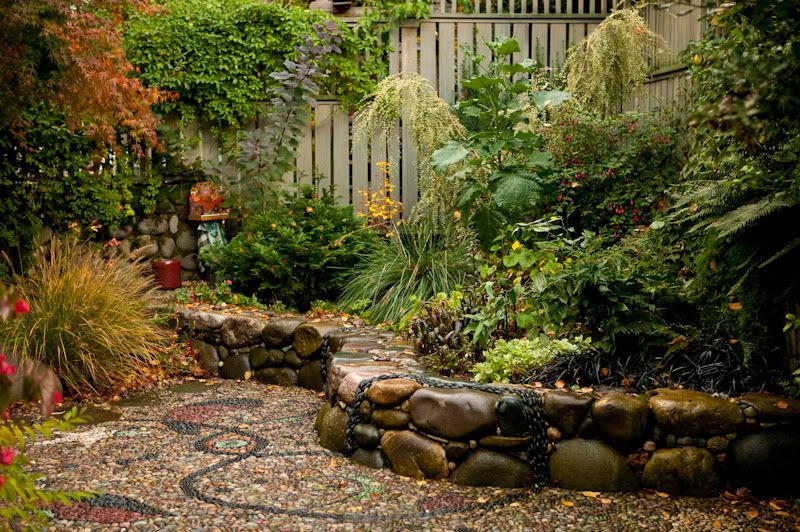
photo by MB Maher
In the work of some artists, rockwork upstages plantings.
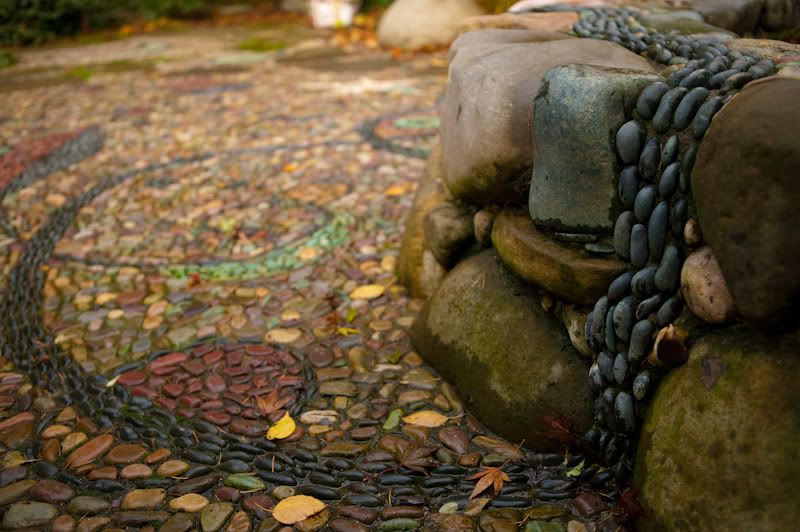
photo by MB Maher
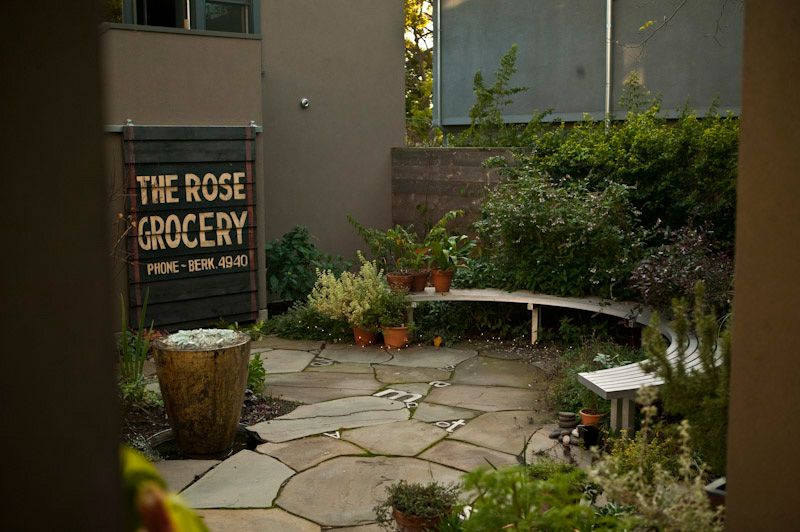
photo by MB Maher
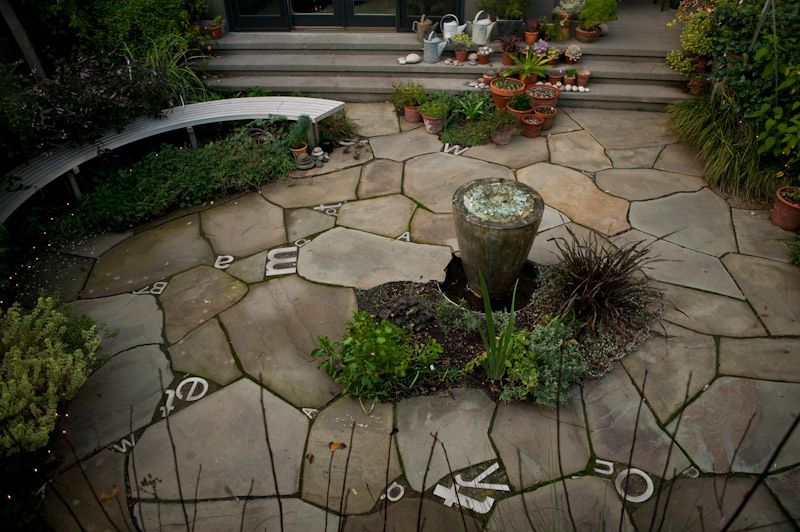
photo by MB Maher
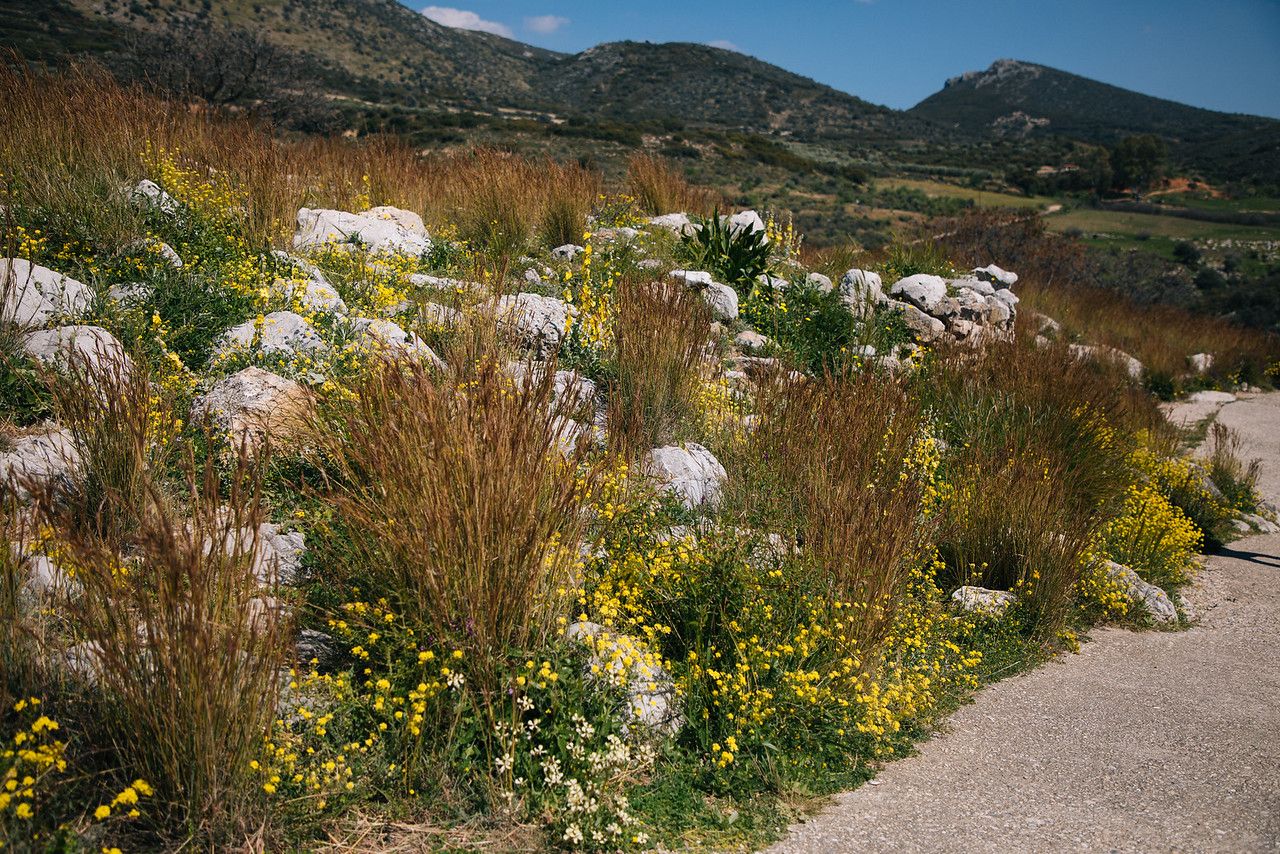
Next time you’re hiking in the Southern California foothills or Greece or the Sierras or the Rocky Mountains, see for yourself what plants and rocks are up to, because gardens can get really interesting when we understand how well they play together.

This is a nice collection of inspirational photos, Denise – and I need inspiration as I now have a substantial collection of rocks of my own, the products of deconstructing our indoor BBQ. Some of them are intended for the revamped succulent/bromeliad bed that my raccoon friends destroyed earlier this year. Others could be hugely useful on the back slope but getting them down there ain’t going to be easy.
A very interesting and inspiring look at how we use rocks. In my former garden we cursed them as they made digging fence posts impossible. In my current garden I am forced to go go on midnight raids in construction sites and road works to collect some. It’s about time they got some respect.
Great post. I can only dream of having large pieces native rock (or even boulders) on my property for use in the garden. Rock in the garden is like seasoning in a good meal. 🙂 I’ve ended up paying big $ to bring in boulders / rocks but I feel it was money well spent.
Adding a few boulders to the front slope has sat on my wish list a good while. One issue that has come up is Argentine ants, the scourge of So Cal, like to nest under big rocks–I speculate the soil is substantially cooler underneath.
Memories of all the limestone in Austin come rushing back, too.
Yes to rocks in the garden! And you showed so many creative examples. I live in a good place for rock accents here in Austin, and it just makes sense to embrace what you have.